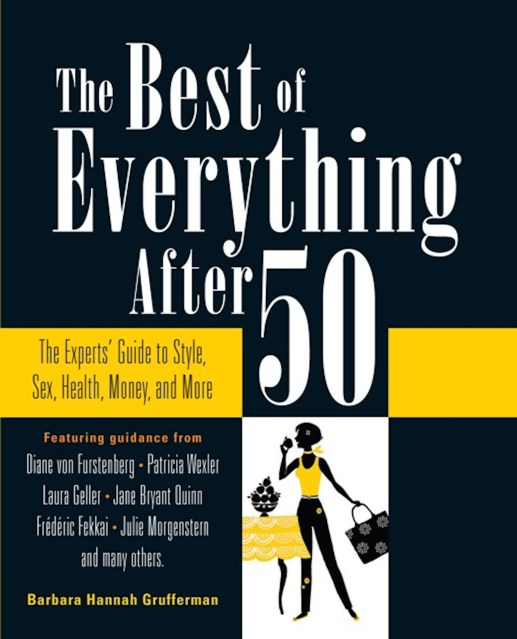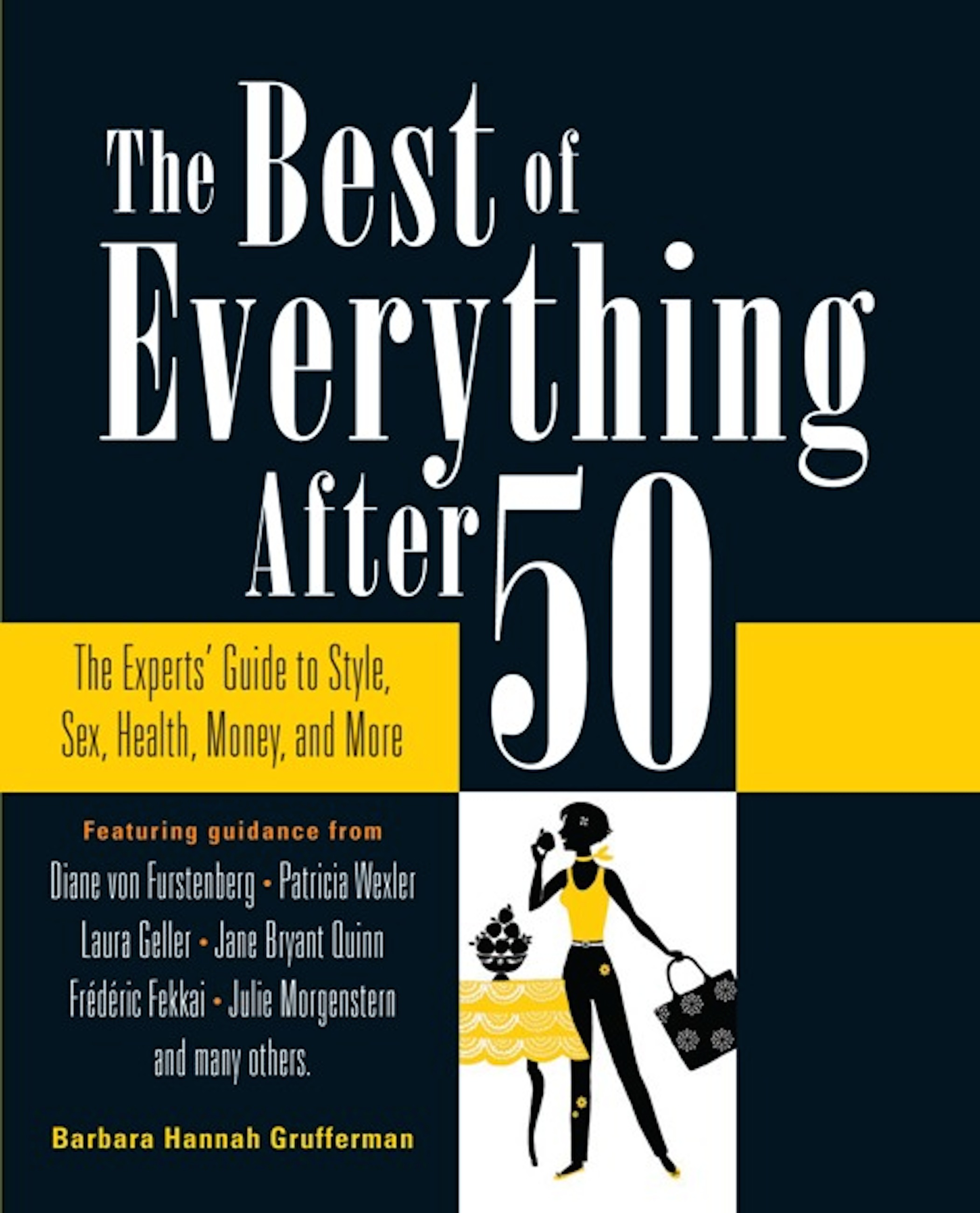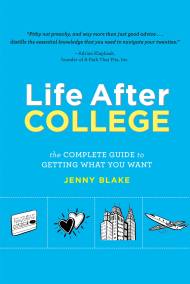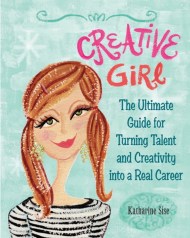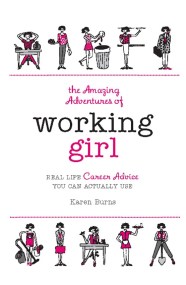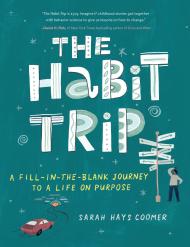Promotion
Use code MOM24 for 20% off site wide + free shipping over $45
The Best of Everything After 50
The Experts' Guide to Style, Sex, Health, Money, and More
Contributors
Formats and Prices
Price
$11.99Price
$15.99 CADFormat
Format:
ebook $11.99 $15.99 CADThis item is a preorder. Your payment method will be charged immediately, and the product is expected to ship on or around March 30, 2010. This date is subject to change due to shipping delays beyond our control.
Also available from:
Diane Von Furstenberg on the right fashion choices
Laura Geller and Carmindy on makeup tips
Dr. Patricia Wexler on the best skin care regimen
Frederic Fekkai on haircare
Jane Bryant Quinn on financial concerns
Julie Morgenstern on organizing your life
Barbara adopted their programs and prescriptions, and got life-changing results — and now she shares her experiences. With a handy format and “checklist” style, The Best of Everything after 50 makes high-priced advice accessible to any woman interested in getting answers to the issues that concern her most.
Genre:
- On Sale
- Mar 30, 2010
- Page Count
- 320 pages
- Publisher
- Running Press
- ISBN-13
- 9780762440351
Newsletter Signup
By clicking ‘Sign Up,’ I acknowledge that I have read and agree to Hachette Book Group’s Privacy Policy and Terms of Use
